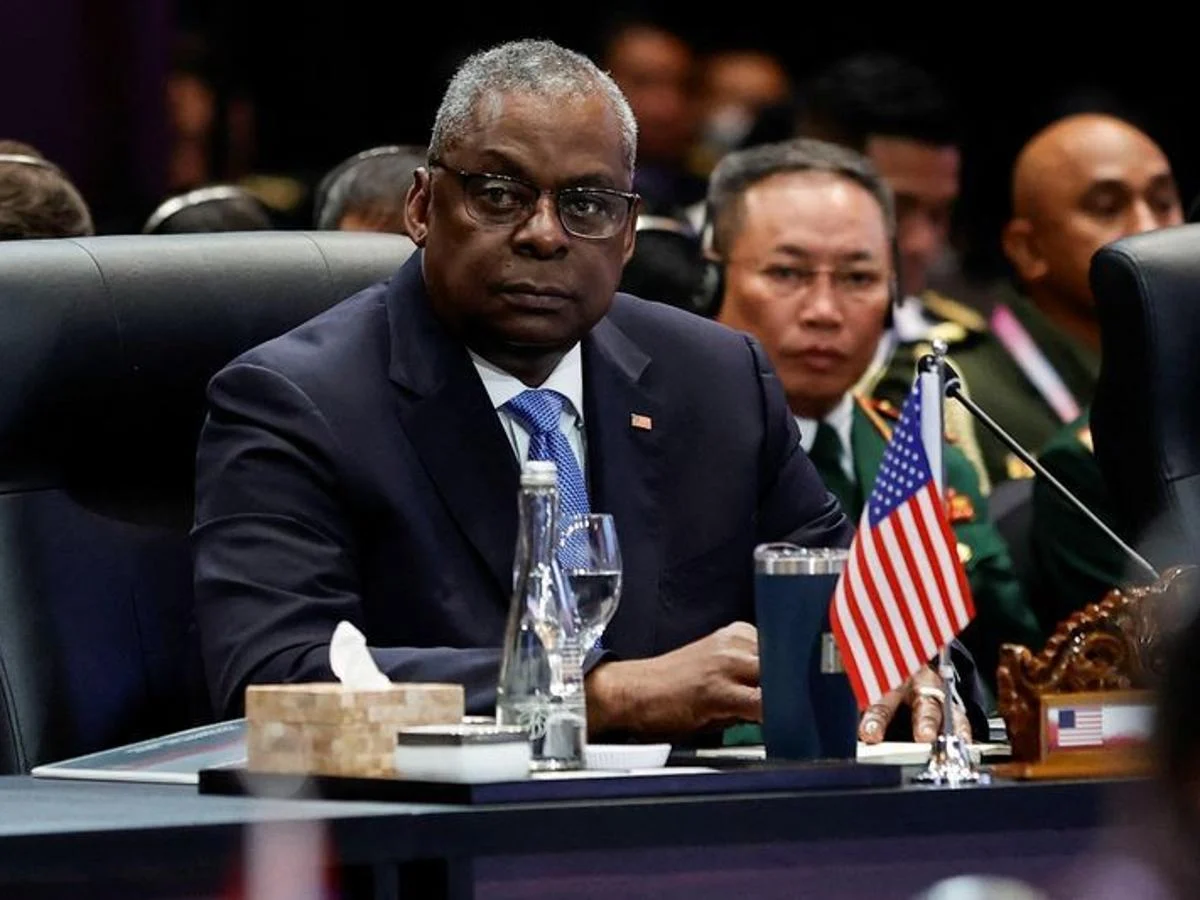A day after apologising to employees, the CEO of General Motors’ robot-taxi division, Cruise, has resigned from the position while the firm conducts a safety assessment of its U.S. fleet.
With only “I have resigned from my position” written in an email to workers that Reuters was able to examine on Sunday, Vogt, 38, provided no context for his resignation. In 2013, Vogt launched Cruise.
His choice comes after weeks of unrest at the company, which was forced to halt testing of all of its cars in the US in order to carry out a safety assessment following an accident on October 2 that resulted in one of Cruise’s self-driving taxis dragging a pedestrian.
According to a person with knowledge of the resignation’s specifics, Vogt sent an email on Saturday apologising to employees for the company’s issues, and on Sunday he told the board of his desire to quit.
“As CEO, I accept accountability for the current state of Cruise. There are no justifications, and the events that have occurred cannot be minimised. We must intensify our efforts to ensure safety, openness, and community involvement,” he stated in the email, which Reuters has obtained.
The problems facing Cruise are also a blow to a business that depends on public confidence and regulatory collaboration. In recent months, the company has made great strides in expanding to other cities and providing completely driverless taxi trips.
Vogt resigned from Cruise when GM and the board scrutinised the company’s management more closely.
Following its meeting on November 13, the Cruise board appointed Craig Glidden, general counsel of GM, as the company’s chief administrative officer. In addition, the board said that it will hire an outside safety specialist to evaluate safety procedures and culture.
In an email to staff members seen by Reuters, GM CEO Mary Barra said that Glidden will join Mo Elshenawy, who will take on the role of chief technology officer, as Cruise’s co-president.
“We continue to believe strongly in Cruise’s mission and the potential of its transformative technology as we look to make transportation safer, cleaner and more accessible,” she stated.
Alongside Barra as head of the Cruise board, Jon McNeill, a GM director since 2022 and a former president of Tesla, was chosen vice chairman.
When it comes to the deployment of autonomous vehicles, Cruise competes with Alphabet’s Waymo and has been testing hundreds in numerous American locations, most notably its home city of San Francisco.
The California Department of Motor Vehicles issued an order against Cruise in October, stating that the firm had misrepresented the safety of its technology and that the autonomous cars posed a risk to the public.
The National Highway Traffic Safety Administration launched an inquiry into pedestrian dangers at Cruise in October, and the Cruise board retained Quinn Emanuel, a legal firm, to examine the answers given by Cruise management to regulators looking into the accident that occurred on October 2.
“The last 10 years have been amazing, and I’m grateful to everyone who helped Cruise along the way,” Vogt said in the message. Shortly after resigning, he added, “Cruise is still just getting started, and I believe it has a great future ahead,” in a post on the social networking site X.
Investors have been informed by Barra that Cruise might bring in $50 billion by 2030. In the third quarter of this year, the organisation lost almost $700 million on its intentions to expand into 15 U.S. cities.

